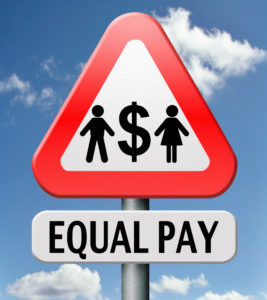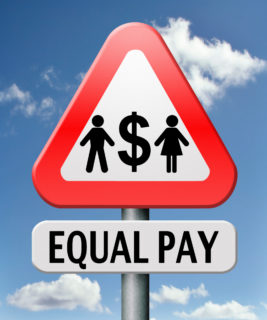Paying Cannabis Workers Equally Under the Oregon Equal Pay Act: Part 2
OregonUncategorized October 20, 2018 MJ Shareholders

 In 2017 Oregon passed sweeping Equal Pay Legislation. Towards the end of August, Oregon Bureau of Labor and Industries (BOLI) issued draft rules implementing the Oregon Equal Pay Act. This series of post is exploring those new rules and how they will affect cannabis businesses. In my last post, I unpacked the definition of “compensation” under the Equal Pay Act and the proposed rules. This week I’ll discuss “work of a comparable character.”
In 2017 Oregon passed sweeping Equal Pay Legislation. Towards the end of August, Oregon Bureau of Labor and Industries (BOLI) issued draft rules implementing the Oregon Equal Pay Act. This series of post is exploring those new rules and how they will affect cannabis businesses. In my last post, I unpacked the definition of “compensation” under the Equal Pay Act and the proposed rules. This week I’ll discuss “work of a comparable character.”
The Oregon Equal Pay Act prohibits employers from paying wages or other compensation to “any employee at a rate greater than that at which the employer pays wages or other compensation to employees of a protected class for work of a comparable character.” To put it simply, cannabis businesses need to pay employees doing the same work the same pay. But what is “work of a comparable character?”
Work of a comparable character is not determined simply by job title alone. Two cannabis workers who have the same job title but perform different tasks are not necessarily performing “work of a comparable character.” Similarly, two cannabis workers that perform essentially the same tasks but have different job titles may be performing work of a comparable character.
According to the BOLI draft rules, to determine if different jobs constitute “work of a comparable character” the employer must consider whether the jobs require “substantially similar knowledge, skill, effort, responsibility, and working conditions.” No one factor is determinative. Meaning, an employer should balance the factors against each other to determine if employees are performing the same work and therefore should be receive equal pay. The proposed BOLI rules further define each factor.
- Knowledge. When considering whether two jobs require similar “knowledge,” the employer should consider whether the jobs require similar education, experience, or training.
- Skill. Things to consider to determine if two jobs require the same “skill” include the ability, agility, coordination, efficiency or experience required to perform the job.
- Effort. Considerations to determine the “effort” of a job include the “amount of physical or mental exertion needed; amount of sustained activity; or complexity of job tasks performed.”
- Responsibility. To determine if responsibility of two positions are “similar,” an employer should consider the “accountability, decision-making discretion, or impact of an employee’s exercise of their job functions on the employer’s business; amount, level, or degree of significance of job tasks; autonomy or extent to which the employee works without supervision; extent to which the employee exercises supervisory functions; or extent to which an employee’s work or actions expose an employer to risk or liability.
- Working conditions. Finally, to determine if employees are working in similar “working conditions” an employer should consider the “work environment; hours; time of day worked; physical surroundings; and potential hazards.”
Determining how to pay your employees is not an easy task. The Equal Pay Act, while it has good intentions, may make that task even more difficult. Regardless, now is the time to analyze how you are paying your cannabis employees. Now is the time to look at the jobs that are being performed, identify work of a comparable character, and adjust wages accordingly. If you’re unsure whether two workers should be receiving equal pay, you should contact an employment attorney.
The Equal Pay Act pay provisions are effective on January 1, 2019. Again, now is the time to ensure compliance before BOLI starts handing out penalties next year.
MJ Shareholders
MJShareholders.com is the largest dedicated financial network and leading corporate communications firm serving the legal cannabis industry. Our network aims to connect public marijuana companies with these focused cannabis audiences across the US and Canada that are critical for growth: Short and long term cannabis investors Active funding sources Mainstream media Business leaders Cannabis consumers









